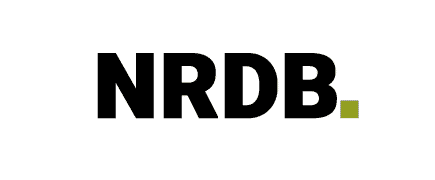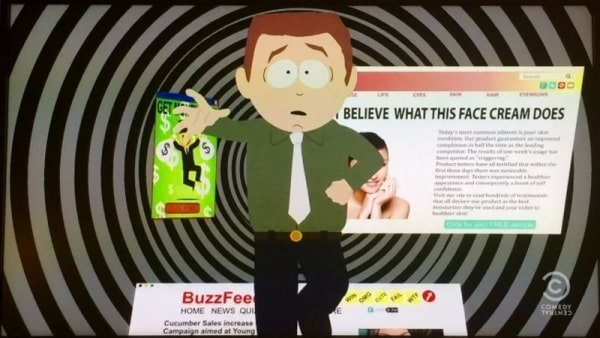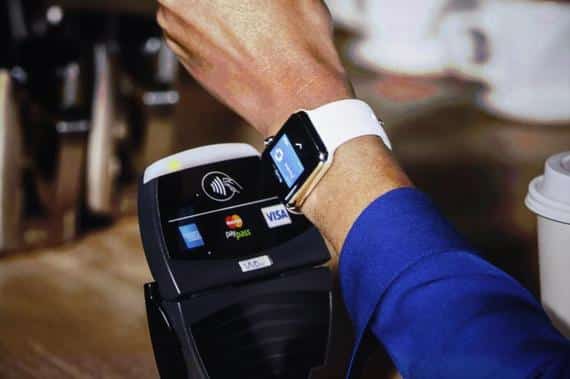Marketing (particularly digital) is constantly evolving. It can be hard to keep up with ongoing changes. That is why I thought that putting a list of the latest chatter in what is happening would be helpful for the start of the new year. Some of these trends have been around for a couple of years, while others are just breaking into the spotlight. Take a look below:
Adaptive Content
It is no secret that personalized content and messaging drives most results. It is also no secret that we are beyond Dear [Insert name here] point of email (among other mediums) personalization. That is where the concept of adaptive content comes in: provide the right messaging, catered to the person, in the right format to the right device.
If that sounds challenging, well…to be honest, it is. Most small businesses struggle with producing regular, engaging content. Now they have to make it personalized for each individual?
Yes and no. Writing a blog post for EVERY single person would mean that you have an entire editorial and publishing team. Which, as you already know is far too big of an investment. However, there is a way for a small business to cater to individuals based on personas. Personas are basically profiles of your target audience (not demographic, but audience) based on how they consume media, your product, their personalities, etc. Creating the right personas takes research, time and careful consideration. If done right, it can be the critical point of guiding adaptive content so that it is personalized for exactly who your targeted audience members are, as opposed to the “general” online community that encompasses everyone.
A great guide to personas (and free persona template) can be found on HubSpot’s resource blog.
Influencer Marketing
This might be a HUGE part of reaching out to audiences in the future. What is it? Basically using a person (or collaborating with them) who is respected within the target market (can be a buyer themselves) and having them write a blog post, review a product or any other means of having them connect with the customers by using your brand in some way, shape or form.
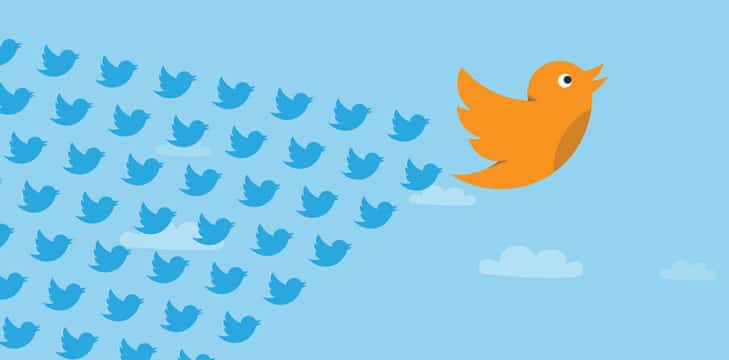
Internet of Things
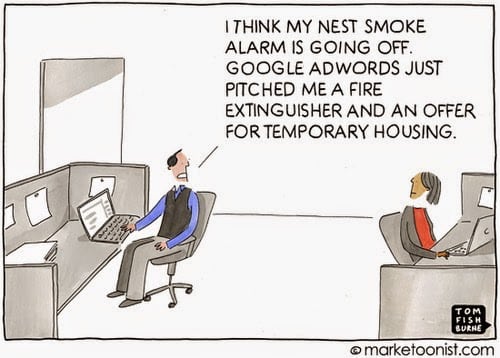
I did a more detailed cover of Internet of Things for small business (or IoT) last year so I will go over the high-level summary here. IoT basically automates certain tasks or experiences in life and combines that automation with technology for contextual messaging, improvements or maintenance.
Imagine having a “smart fridge” that knows when you’ve run out of milk; it automatically sends a reminder to your smart watch while you’re doing your daily 5KM run so that you can grab some on your way back. Connected, timely and integrated. It will demand business to be present into those micro-moments where a certain brand can be suggested while the person is on their way to make a purchase.
Native Advertising
Native advertising may be hard to distinguish from regular articles or news stories (most common, but applies to videos or any other medium), but it has been prevalent recently. And consumers are gaining more awareness regarding it. As an example similar to influencer marketing above, you can see how Captain Morgan has put together a fun article on BuzzFeed focusing on non-dancers showing off their club moves. Why is this relevant? Captain Morgan is a great mix for rum & coke at parties or clubs, and it seems that the article is about a fun dancing experience as opposed to Captain Morgan itself.
Native ads usually have an objective feel: meaning that its really hard to tell its an advertisement or sponsored content, but a genuine piece of content from the author. In the example above, there may be nothing wrong with Captain Morgan putting a sponsored article together on BuzzFeed since it does show a “Brand Publisher” as the author, and the article is generic to dancing. Alternatively, if a brand pushes a narrative just for promotion-sake, say an alternate title such as “Why Captain Morgan is the Best Spiced Rum for a Rum & Coke to Get you Moving” the effort could backfire and cause negative engagement with audiences.
As a matter of fact, South Park recently created a series of episodes mocking native advertising, ad blockers and digital journalism that has been picked up by many news outlets, including Business Insider. Audiences are getting smarter, and any overly promotional native advertising could backfire.
Programmatic Advertising
Much like everything else, programmatic advertising is the rise of automation in online ad buying. Not only buying, but programmatic ads allow for better segmentation and target of audiences. This is huge because advertising dollars can now be funneled into more precise targeting and (hopefully) better results for the advertiser. Below you will find a great video explaining the concept:
Virtual Reality
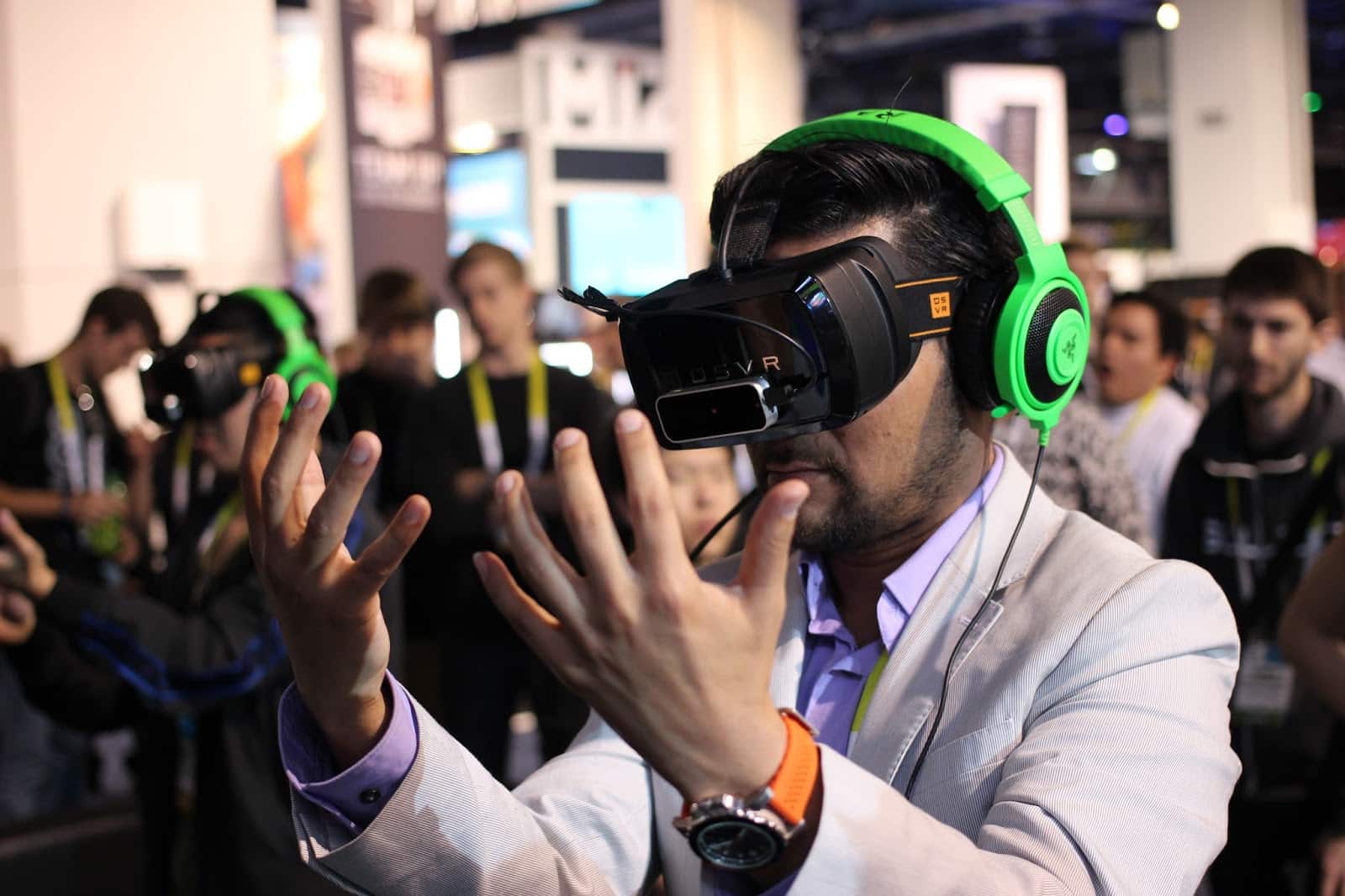
How you ask? Well what if you could test drive a vehicle that has yet to hit the market? This would be a huge step in helping customers get the full research experience prior to making a big investment. As a matter of fact Audi and Samsung have already partnered to create these experiences:
If you read my piece on my small business branding is like a rock concert, it won’t come as a surprise that I am a fan of rock and metal music. Hence why I wanted to share another example with you, particularly music lovers. This is legendary band Megadeth promoting their new album and improving user experience using virtual reality (you can read more about it on LinkedIn Business):
Wearable Technology
More than likely you, or someone you know, has received a Fitbit or similar sort of wearable fitness tracker as a Christmas present. The rise of wearable technology into our daily lives has exploded in 2015 and looks to continue for 2016 and beyond. Similarly to the IoT point above: having location-based information and contextual preferences could help increase results as marketing moves to a “real-time” messaging period. Meaning – when someone indicates a need on wearable technology, an organization should be able to provide that in real time. Hitting both the need and timeliness of the messaging.
Example? I have booked a flight recently using my gmail account. Google sends me direct updates via “Google Now Cards” as to the flight status, when I should leave to arrive at the airport on time, duration of flight, etc. While this may be on my mobile device, if I had a smart-watch or any other wearable associated with messaging it would be sending the updates there.
Another feature, which was introduced by Twitter a while ago, will be the conciseness of messages. With Smart watches inability to present long-winded messages, content creators will be forced to be even more concise and the point.
These are just some of the ways in which marketing will evolve for 2016 and beyond. As always we are interested in hearing about your experience with any of these efforts. Do you plan to use them? If you already do, do they provide positive results?
